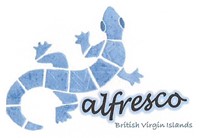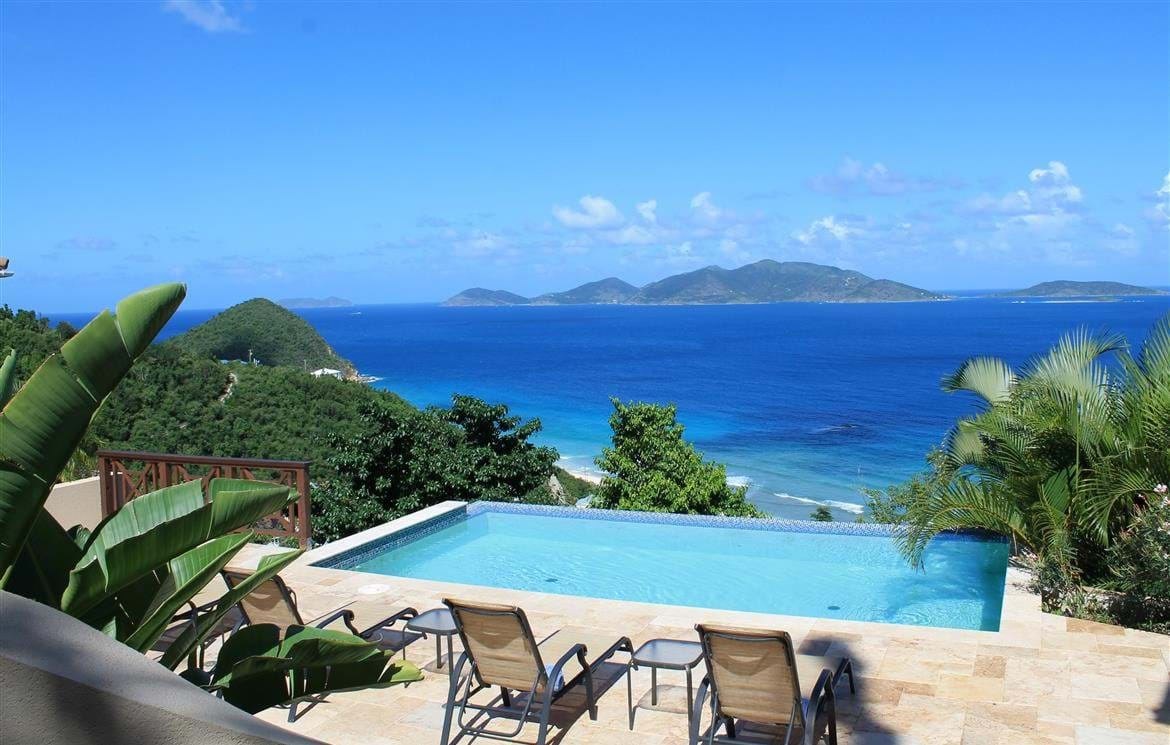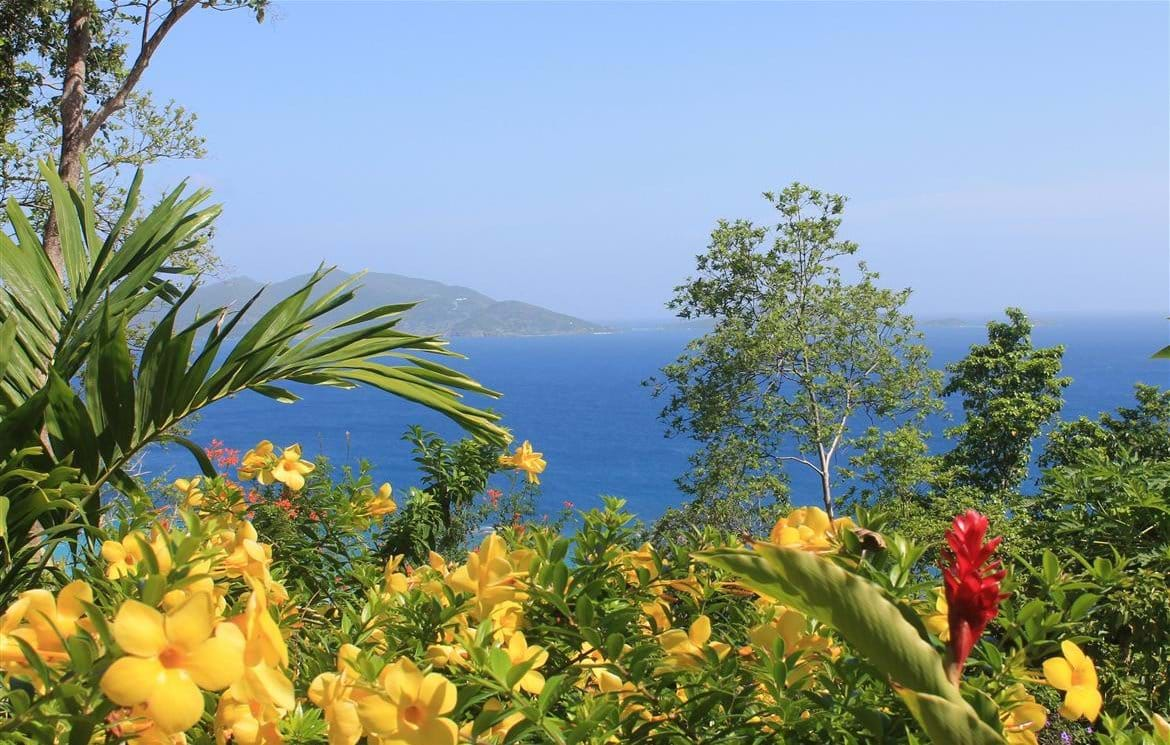British Virgin Islands
With a year round climate, the 36 islands in the BVI have something special to offer you. They’re known as “Natures Little Secrets” and they certainly live up to this! Tortola offers a great ‘bolt hole’ for exploring the islands either by boat or ferry. There is an abundance of snorkelling, dive sites to enjoy during your stay.
Tortola has an “unhurried pace of life” and will allow you to relax, take pleasure in taking time out from a very busy schedule or enjoy a welcomed family vacation. Islanders are very ‘laid back’! They just take each day as it comes, no rush to do anything, “Island Time” is what you will find. You’ll not find Tortola heavily populated, with around 28,000 residents living in the BVI.
The Amerindians from South America came to the Windward and Leeward Islands in 900BC and stayed in the area over 1,000 years. Christopher Columbus in 1493 arrived on the islands during his travels, they were subsequently left for over 100 years whilst he sailed to Puerto Rico to find his fame and fortune.
During the 17th and 18th century, pirates arrived in the BVI to hoard their treasures and continue their quest as ‘Pirates at Sea’. In the 17th century the Europeans arrived, the Spanish in Virgin Gorda and Dutch in Tortola. Over the next century the British, Spanish, French and Dutch all wanted control of the BVI.
When the British took control of the islands they built plantations to grow sugar and cotton for export. After the emancipation of slavery in 1834 and a severe hurricane hitting the BVI, plantations fell by the wayside. The former slaves turned the land into farm land and started fishing for their living. Tourist started to arrive in the BVI when Laurence Rockefeller built ‘Little Dix Bay’ on Virgin Gorda, the airport at Beef Island was then opened in 1968 and the islands started to become the yachting industry it is today.
Road Town is the capital and U.S. Dollar is the local currency. The islands lie east of Puerto Rico and adjacent to the U.S. Virgin Islands. They’re essentially mountainous with white sand beaches rising up to 1,780 feet at ‘Mount Sage’ at the high point.





































